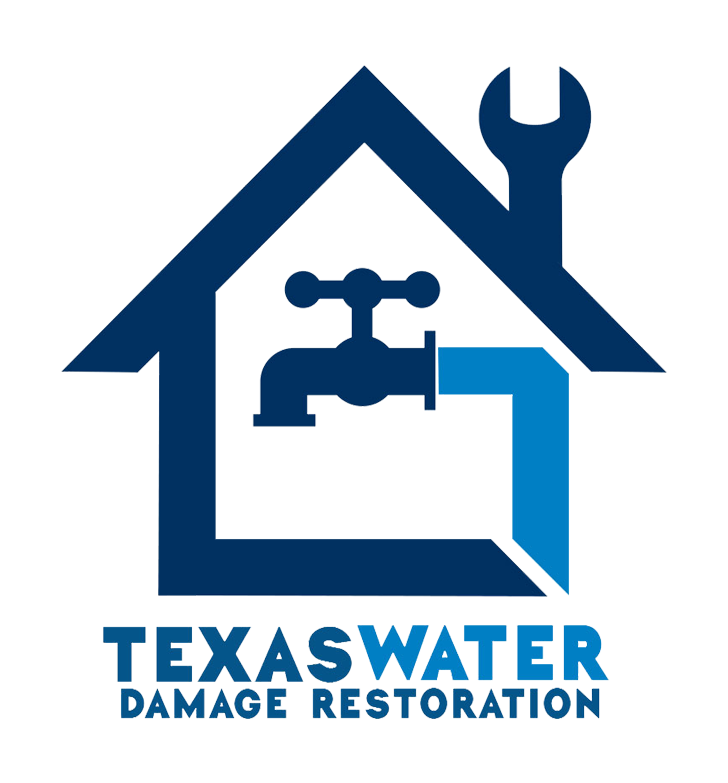
Introduction
Water damage can be a devastating event for any homeowner. Not only does it cause extensive damage to the structure of the house, but it can also ruin personal belongings, including valuable items like home gym equipment. If you’re someone who takes their fitness seriously, dealing with water damage to your home gym equipment can be particularly disheartening. However, with the right knowledge and precautions, you can restore your fitness equipment and get back to your workout routine safely and effectively.
Water Damage and Home Gym Equipment
1. Assessing the Damage
The first step in restoring your home gym equipment after a water incident is assessing the extent of the damage. Inspect each piece of equipment carefully, looking for signs of water damage such as rust, mold, or electrical issues. Make a list of damaged equipment and categorize them based on the severity of the damage.

2. Hiring Professionals
For severe water damage, it is advisable to seek professional help. Contact a reputable water damage restoration company, such as Texas Water Damage Restoration Pros, who specialize in restoring water-damaged properties. They have the expertise, equipment, and resources to handle the restoration process effectively and efficiently.
3. Documentation and Insurance
Before starting the restoration process, document the damage to your home gym equipment. Take detailed photographs or videos of each item. This documentation will be helpful when filing a claim with your insurance company. Contact your insurance provider and inquire about coverage for water damage to personal belongings, including gym equipment.
4. Drying and Cleaning
Once the restoration team has assessed the damage and removed any standing water, the next step is to dry and clean the equipment. Use absorbent materials like towels or dehumidifiers to remove excess moisture. Wipe down all surfaces of the equipment and disinfect them to prevent the growth of mold and bacteria.
5. Repairing and Replacing
If any of your home gym equipment has suffered irreparable damage, it may be necessary to replace or repair those items. Consult with professionals or contact the manufacturer to explore your options for repairing or replacing damaged equipment. Ensure that repairs are done by qualified technicians to maintain the equipment’s safety and functionality.
6. Preventative Measures
To prevent future water damage to your home gym equipment, consider taking preventative measures. This may include installing a waterproofing system in your basement, using moisture-resistant flooring, or keeping the equipment away from areas prone to water leaks or flooding.

7. Test and Safety Check
Before using your restored gym equipment, perform a thorough test and safety check. Ensure that all electrical components are in proper working order and that the equipment’s mechanical parts function correctly. If you have any doubts about the safety or functionality of the equipment, consult with a fitness equipment specialist or a professional gym trainer.
8. Maintenance and Regular Inspections
To prolong the lifespan of your home gym equipment and prevent future damage, prioritize regular maintenance and inspections. Clean and lubricate the equipment as recommended by the manufacturer. Inspect for signs of wear and tear, loose or damaged parts, and address any issues promptly.
Conclusion
Experiencing water damage in your home can be overwhelming, especially when it affects your home gym equipment. However, with proper restoration techniques and preventative measures, you can recover from a water incident and restore your fitness routine. Assess the damage, hire professionals if necessary, document the damage for insurance purposes, dry and clean the equipment, repair or replace damaged items when needed, take preventative measures, and perform test and safety checks before use. By following these steps, you can restore your home gym equipment and get back to your fitness journey safely and efficiently.

